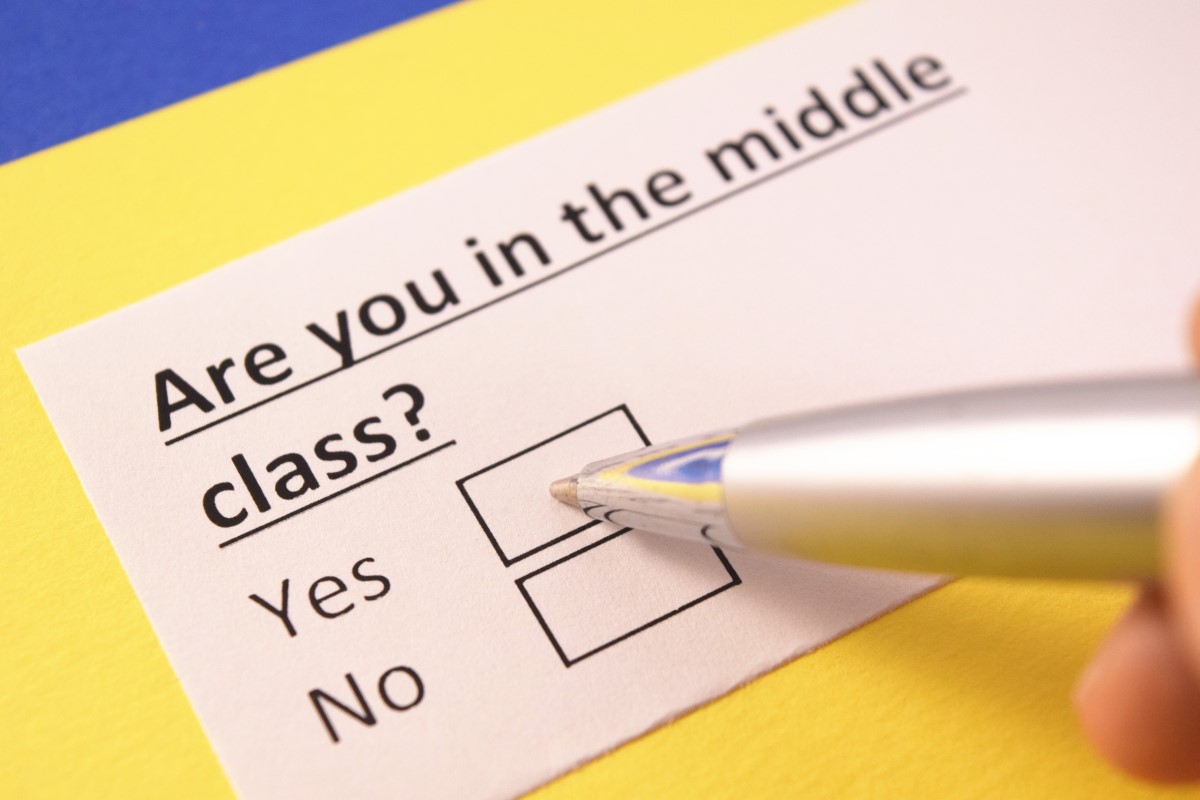In Minnesota, the job-seekers rate is just 3.2 percent. All of those unemployed have the chance to find jobs. However, it makes hard times for small business employers because it is challenging to find the best or even any employees at all.
Owner of the Jersey Jo, Joseph Philips, said that expansions are excellent; nevertheless, sometimes, it has no sense.
He opened his first location five years ago. Philips noticed that the restaurant became busy and as a result, was successful. After a year, he decided to open another restaurant.
However, at the end of the summer, some problems appeared. Jersey Jo had issues with labor and employment. This led them to close the location temporarily. After Philips could not find an appropriate employee, he was forced to close the restaurant permanently.
Other restaurants had the same problems with the staff.
Jennifer Wilson, Director of Business and Workforce Expansion at RCTC, said that because of the low unemployment rate, employers are affected. She added that small businesses could not pay the same wages as larger companies do. It frequently happens that employees leave and go to neighboring areas for a 10 cent higher salary.
Problem-Solving in Minnesota
To solve this problem, the SE Minnesota Small Business Development Center works with small businesses.
Wilson said that they try to upscale individuals and develop their skills for them to be able to walk into any company and find a livable career.

Tim Wiste, the Tonic Juice Bar manager, said that SE Minnesota Small Business Development Center helped him a lot. He had a lot of difficulties to find a stable job, but finally, he works in a bar where he feels happy and secure.
The other States are Experiencing the Same Problem
In New England, Vermont has the lowest unemployment rate at 2.2 percent.
Adam Kamins, Moody’s Analytics economics director, said the problem is becoming worse because of the demographic challenges of northern New England. In every U.S. state, there is a labor market shortage, but New England has the worst index. People tend to move out of northern New England.
The same goes for Hawaii. It has the sixth-lowest unemployment rate in the U.S. The index is 2.7 percent. Nevertheless, more people leave the state than arrive. The cost of living in Hawaii is very high.
Kamins said that due to low unemployment, employers are raising salaries. But the states do not offer the kind of jobs which would make individuals change their location. For example, a $16 position in a bagel shop is good for local workers, but not very attractive to those who live outside of the country.
Student Dept

Moreover, student debt has something to say about the labor shortage. Adults who have student loans will not stay in rural areas. They tend to migrate to cities as Federal Reserve research suggests.
Those who stay in rural areas prefer to continue their studies rather than work in a bakery or brewery. They cannot afford to take a year off because of their debt.
Exceptions
However, not every state suffers from this problem. For example, Colorado, Virginia, and Massachusetts are battling their low unemployment rates successfully. Their demographic and salaries are getting higher and higher.















